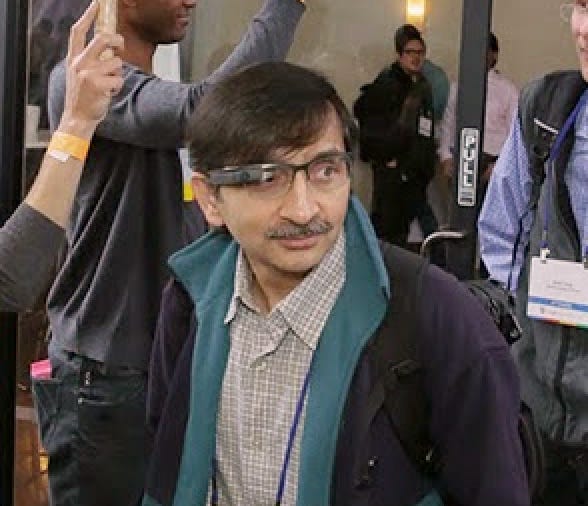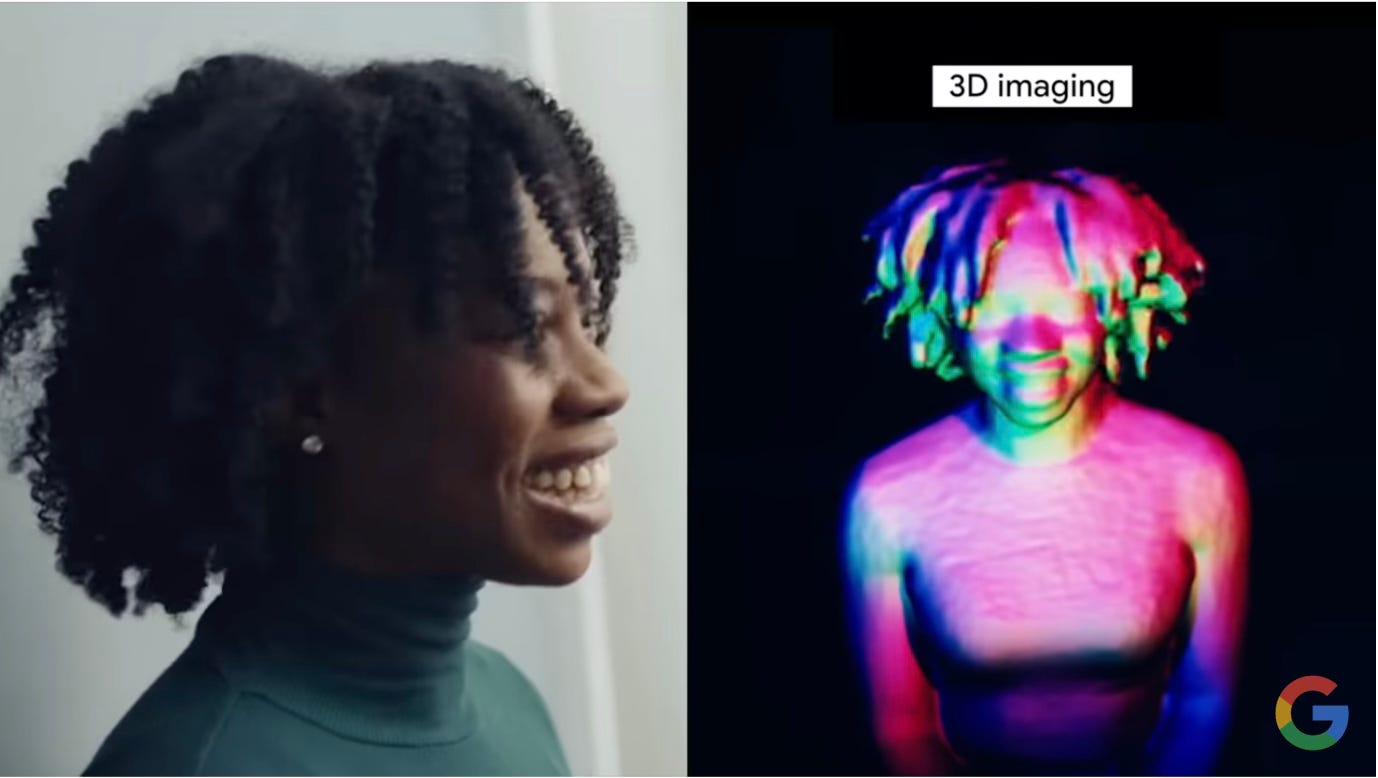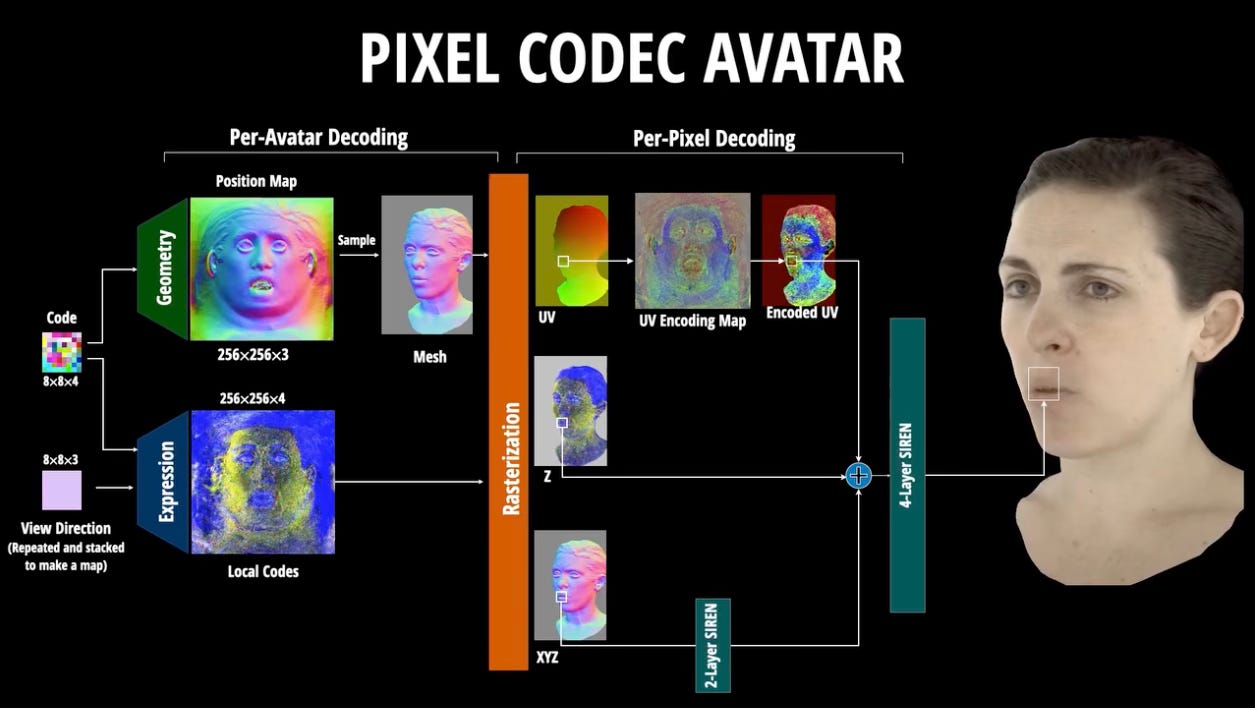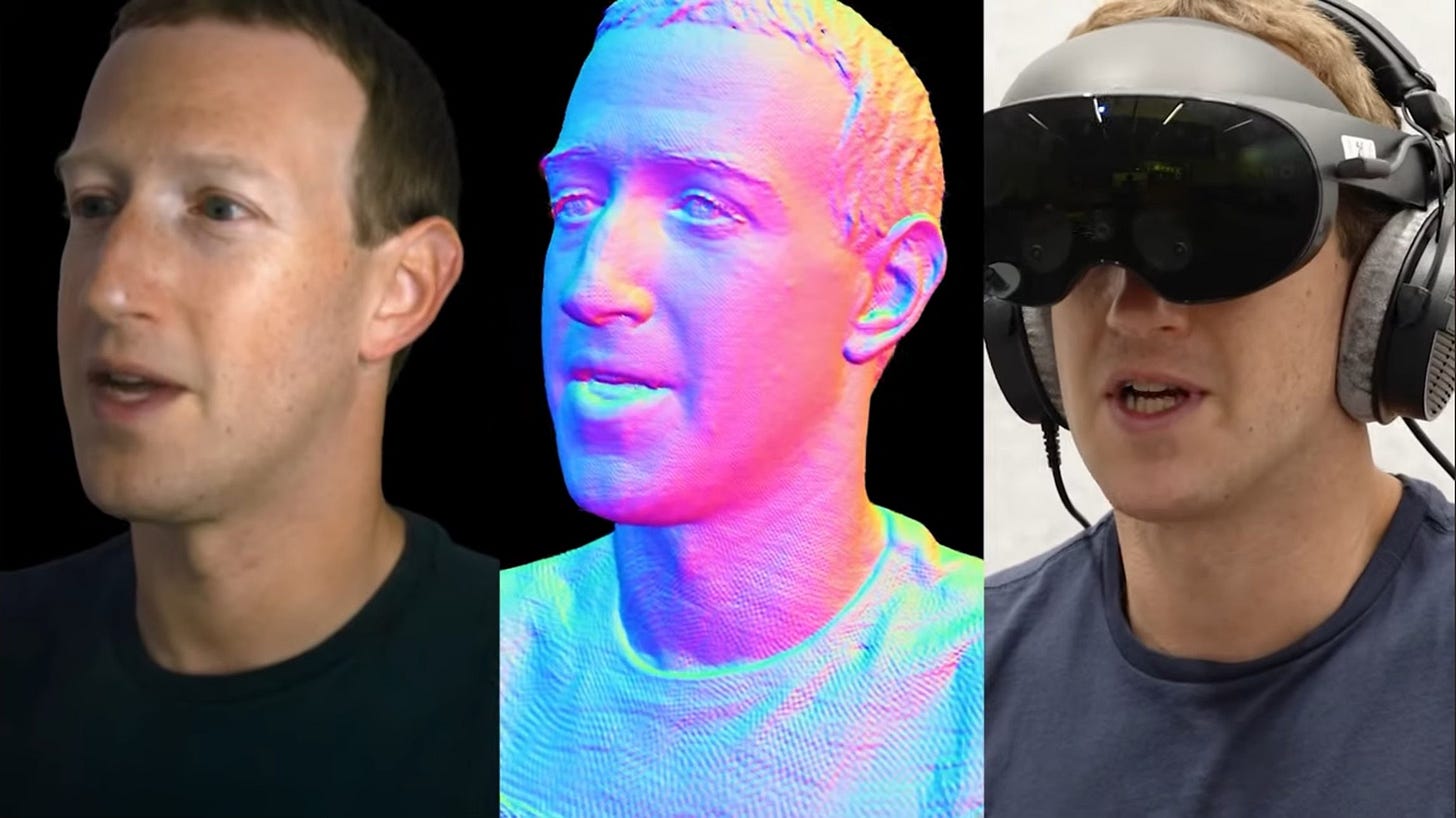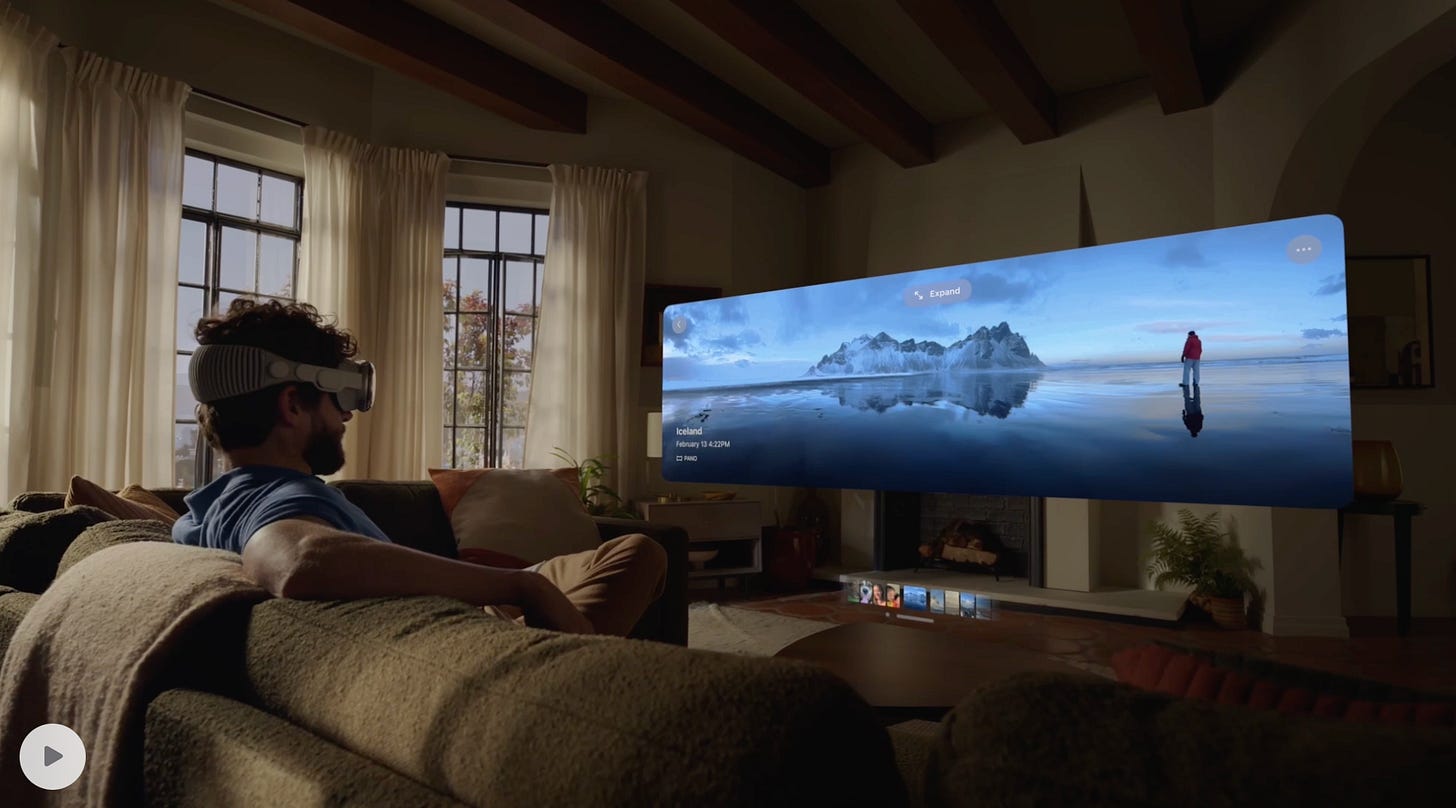Are we ready for Reality?
Spatial Computing is just around the corner merging physical and virtual realities
Remember the Google Glass experiment from 2013? I was an early adopter and even made custom prescription glasses to go with it. For almost an entire year I was wearing it at meetings, school events, airports, hospitals, trains, concerts and restaurants. Stopped using it just before the newly minted word glasshole entered the urban dictionary. That was a decade ago and the world was not ready for a face mounted computing device with a camera and screen. While we are all caught up in the Generative AI hype cycle the next one is right round the corner that will challenge the meaning of Reality.
As an early adopter and a close follower of progress in mixed reality I am joining the dots with latest developments from Google, Apple and Meta in this space.
Project Starline
At Google Next earlier this year got a first hand demo of the new Project Starline prototype. I entered a closed booth designed for one person in front of a normal looking screen. Little did I know I was about to see something that is hard to describe in words. The person giving the demo appeared on a 3D screen and there was no need to wear special glasses. It felt like he was sitting right across the table with eye to eye contact. The part of the demo where he extended his arm holding an apple got me knowing very well it was a screen. The way it works as per Google’s explainer videos is a 3D scan of the person, compression and rendering on a 3D display. Of course it is much more complicated than that but this tech is likely coming to your conference rooms soon.
Meta’s Codec Avatars
Next up is the rapid progress Meta Research has been making on the Codec Avatar technology. The mind-blowing demo came as an entire episode of Lex Fridman’s podcast. The technology today requires an elaborate rig to produce the photorealistic codec avatar. It is a matter of time before a simple iPhone scan can produce similar results. No more cartoon avatars in VR but photorealistic avatars complete with complex facial expressions rendered in realtime.
Apple Vision Pro
There is much anticipation for Apple Vision Pro and the era of Spatial Computing it promises to usher in. Spatial photos and videos in 3D, ultimate theater experience anywhere, apps scattered around your room and immersive meetings are just some experiences to get started. Once Apple commits to a product we know how their deep vertically integrated tech expertise and their marketing engine kicks in. Developers are already getting their hands on VisionOS to build their apps. This is a product that “only Apple” can build and we all know how they “can’t wait” to see what developers build on it.
Are we ready?
These technologies will challenge our definition of reality. What we call reality today will become Physical Reality that will coexist with Virtual Reality. Dial up or down between them.
Some participants in this new Reality will appear as photorealistic holograms or avatars from across the world sitting next to a physical person in your meeting room or on your sofa. An ebook ships as a virtual book you can hold and read page by page, keep it on your physical table where it will wait for you the next time you are back in the room to pick it up to continue reading.
The heavy headset might be the equivalent of the first brick cellular phone from Wall Street. The clumsy bulkiness might slowly disappear into the frame of a normal looking pair of glasses or 3D screens with no need for glasses. The question really is, ten years on since the failed Google Glass experiment, are we ready for Reality?


